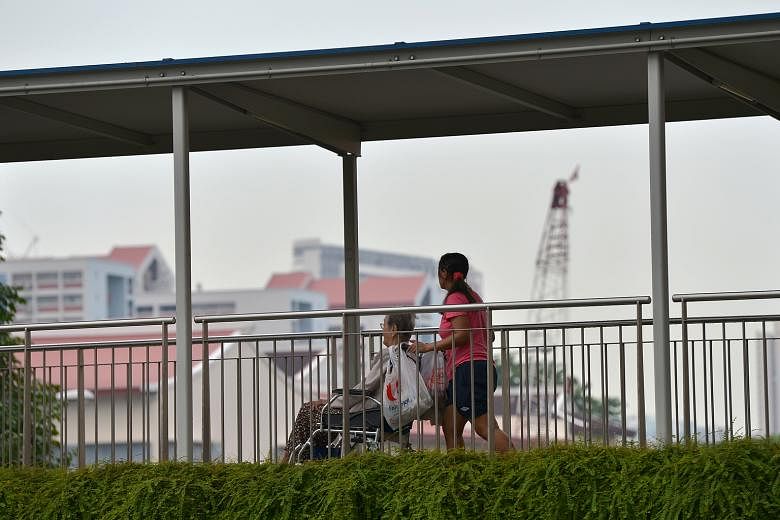Q. Assuming that we are successful in preventing acute situations from developing, then we are looking at a society where there are a lot of elderly people who are relatively healthy and living longer lives. Yet, they will require some care. People tend to think of the Japanese as getting this right, so what sort of lessons can we learn from them?
NG LI LIAN: Screening is compulsory under universal coverage in Japan. There is coordinated care within the community, and what Japan has done very well is to have an ecosystem. It is not about one single player or the government trying to do everything, but establishing a combination of community-based care like home care, nursing homes and activity centres. The insurance system and subsidies by the government to hospitals are tied to the referrals they make. So, in an acute episode, when the patient is ready for discharge, the subsidy is tied to the kind of choices the hospital made - did it discharge without help or was there a nice "handoff" done to a community partner? In Tokyo, where we have a home-care practice, my firm's co-founder Shinsuke Moto created an electronic medical record that is shared by all the players and, today, it's deployed nationally. This record is shared with community hospitals, nursing homes and home care, so everyone can view what has been done. No one needs to think in the dark, especially when patients' lack of information about their own situation also causes a lot of problems. Even in Japan, which is very well connected, there are still balls that get dropped. Sometimes, nobody really has a complete picture of the patient. Increasingly, Japan is looking at how to use technology to bring information about a patient into one singular view so that there is good "handoff" between players.
BUTEL: I have worked in Japan for 15 years. Right now, we tend to manage just by taking care of people's healthcare needs but there's tremendous opportunity to create a silver economy to address needs for education, transport and entertainment. If not, you isolate this population and it is very easy to do that.
LOH: Many lessons from Japan. In Singapore, I've no doubt we can do it, too. At Parkway, we are already seeing the future of our hospitals as "hospitals without walls". I don't think we can use the same old technologies, which are high-cost, heavy server-based IT systems. We should leverage mobile technologies. The necessary information can be stored in a cloud environment and be pulled off mobile apps and easily shared, be it at home or other types of step-down facilities.
NG: The skill sets of people also have to be considered. If you were to discharge a stroke patient to go back home to be cared for by a GP who has not had the experience, that will not be tenable because that could bring more harm to the patient. And caregivers as well... Even if we are in the position to bring in many domestic helpers, they need to be trained and supervised.

